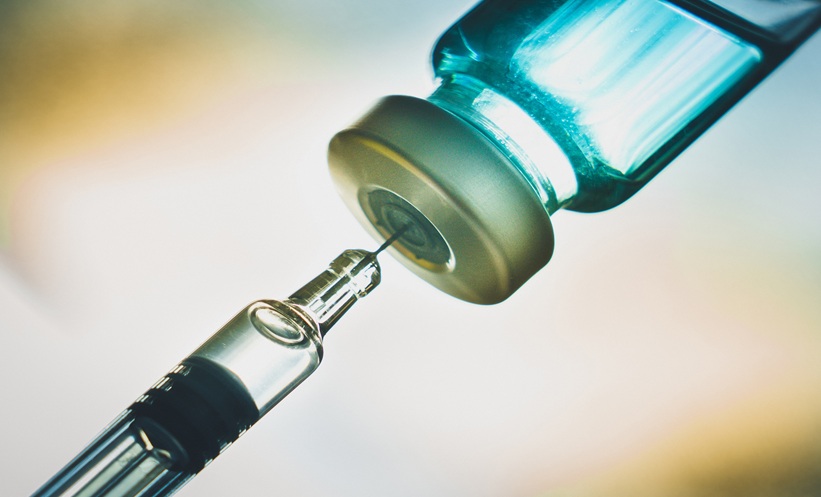Abstract
Fluorodeoxyglucose positron emission tomography-computed tomography (FDG PET/CT) has undergone explosive growth in clinical applications and has emerged as one of the most important imaging modalities in staging, restaging, detecting recurrence and/or metastasis, and monitoring therapeutic response, in most kinds of malignant diseases. However, to date, available experience with FDG PET/CT is limited in prostate cancer, mainly because prostate tumour is characterised by a slow glycolysis and low FDG avidity on PET imaging. Limited data suggested that FDG PET/CT might impact the clinical management of some prostate cancer in an adequate clinical setting, although this impact may be lower than that for other cancers. FDG PET/CT is useful for staging advanced prostate cancer with high Gleason score, detecting local recurrent or metastatic disease in some patients with biochemical failure, assessing treatment response, and providing prognostic information. More prospective clinical trials are underway to define the role of FDG PET/CT in prostate cancer, and more efforts will be made to develop novel radiotracers for PET imaging of prostate cancer.
Please view the full content in the pdf above.








